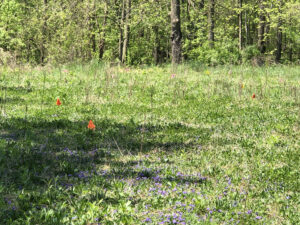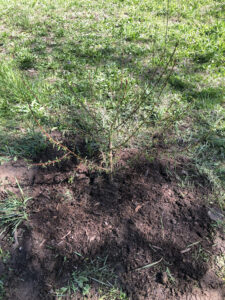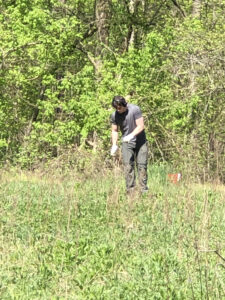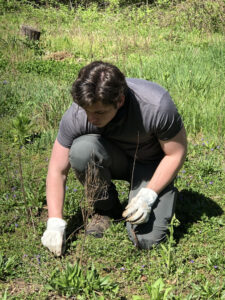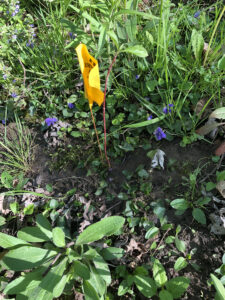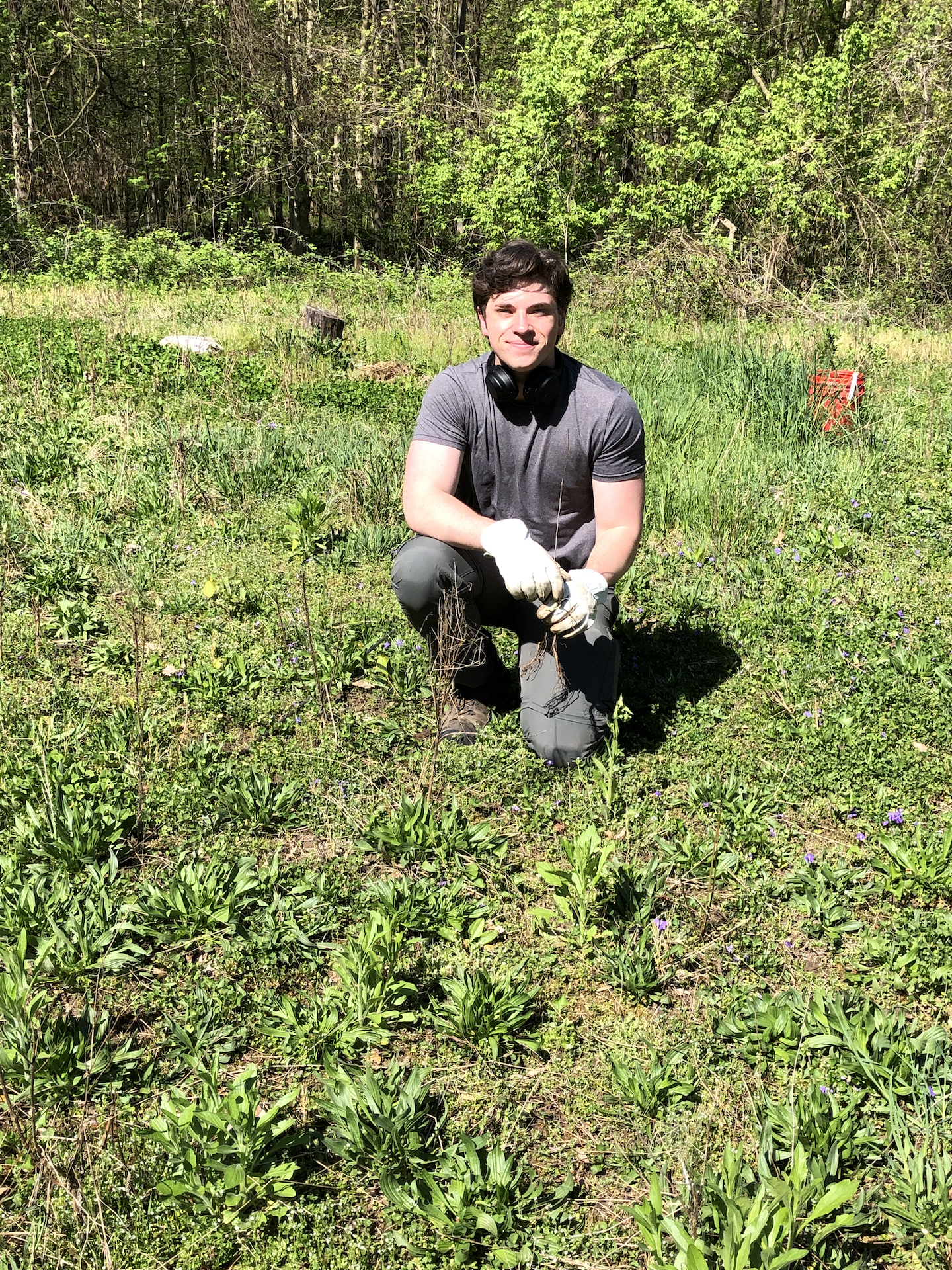I am excited to announce my permaculture internship program. The program runs from May through September. Community college students in SE Michigan are eligible. This is a paid internship, including mileage and meals while working. We learn and teach while we work and enjoy the burgeoning native landscape on what was once a big piece of lawn.
This year’s intern is Sawyer Stribley. Sawyer lives in Ann Arbor and attends Washtenaw Community College. He’s an honor student majoring in Mathematics and Natural Sciences with a focus on Public Health. When he leaves us this fall he’ll be a sophomore. After another year at WCC, he plans on transferring to University of Michigan to get his degree in Public Health Science.
This summer Sawyer will work this job and another and take a couple summer classes. When he’s not working or studying, he enjoys his love of animals and listening to the vinyl he collects.
Before he learned of this internship, Sawyer was already studying the idea of permaculture. “I heard about it on Tic Toc, actually,” he said, and he explained that the idea of food forests in particular is of interest to him. He was excited to start planting a food forest on his first day of work at the farm! “It’s the way Native Americans here grew food,” he said, referring to the Anishinaabe, adding that colonization ended the widespread practice of food forests and in turn decreased environmental stability and self-reliance.
According to the book Rites of Conquest by Charles E. Cleland, the Anishinaabe farmed areas just like the one we’re planting in. It’s immediately adjacent to a flood plain along the Saline River. They chose to farm in river-adjacent areas throughout the region.
Sawyer planted about twenty trees and shrubs in Zone Four, the Food Forest.
Until now, I called Zone Four the Future Food Forest. But now it’s in the present tense! Sawyer planted bare roots of American Plum, Encore Raspberry, American Paw Paw, Chokecherry, Meadowsweet, and Pasture Rose. Many more fruit, nut, berry, and pollinator plants to come this fall and over the next few years.
A friend in Milan gave me this peach tree. I will get it a pollinator soon.
Milan’s version of a Buy Nothing website is our Gifting with Gratitude site on social media. A friend on the site was giving this girl away, so I scooped her up. Thanks Luke! This was one of two plants Sawyer used a shovel for. She seems happy in her new home. Note the donut of mulch–never a mound around a tree root.
Sawyer prepping a hole for planting.
Most of the baby trees and berries were small bare roots, so we used a technique for planting I learned and adapted from Matt Demon at Feral Flora LLC in Ann Arbor. You insert a piece of rebar into the soil and move it in small circles, creating a vertical shaft in which you slide the bare root. Then gently add top soil to fill but not pack the empty space. Add a small donut of mulch just because. Then we flag the seedling so we can find it, especially if we need to water it.
We won’t fence the forest. It interferes with native habitat and it’s prohibitively expensive. It’s cheaper and better to simply buy enough trees and shrubs for the pollinators, the native creatures, and the humans who steward the land.
Sawyer about to drop a seedling into its new home.
A Red Osier Dogwood seedling in Zone One.
In addition to the food forest planting, we planted two Red Osier Dogwoods in the East Meadow (Zone One), on the south side. These are native habitat and ornamental plants that will create a fence around the property line. These shrubs propagate so quickly that I’ll be able to take many seedlings in the next few years and complete the fence line. Note the native violet and the non native plantain–both prolific in the East Meadow. The natives are holding their own with the plantain.
We also planted a few American Paw Paws on the very eastern edge of the meadow, in the canopy of the four Black Walnuts that dot the NE corner of the property.
Finally, we planted one blackberry on the corner of the dog fence in Zone Two. This will be helpful in discouraging the neighbor’s dog to run our fence line, and it will mask the noise of our dogs barking at that dog. And blackberries! My daughter-in-law donated the blackberry. Thanks Katey!
Seedling planting, weed whacking, some schlepping, and successfully covering the biochar burn rounded out Sawyer’s first day. We enjoyed table talk and a tostada lunch when we took a break. We had a good time. The land is going to love this new internship situation!
Remember that your donations help us fund the purchase of seedlings, soil, and mulch, and the wages of incredible people like Sawyer. The links to help us out (if you can!) are below. I’d like to thank Jeff Jackson, one of our readers here, whose donation earlier this year paid for these seedlings. We’ll think of you as we watch them grow, Jeff!
